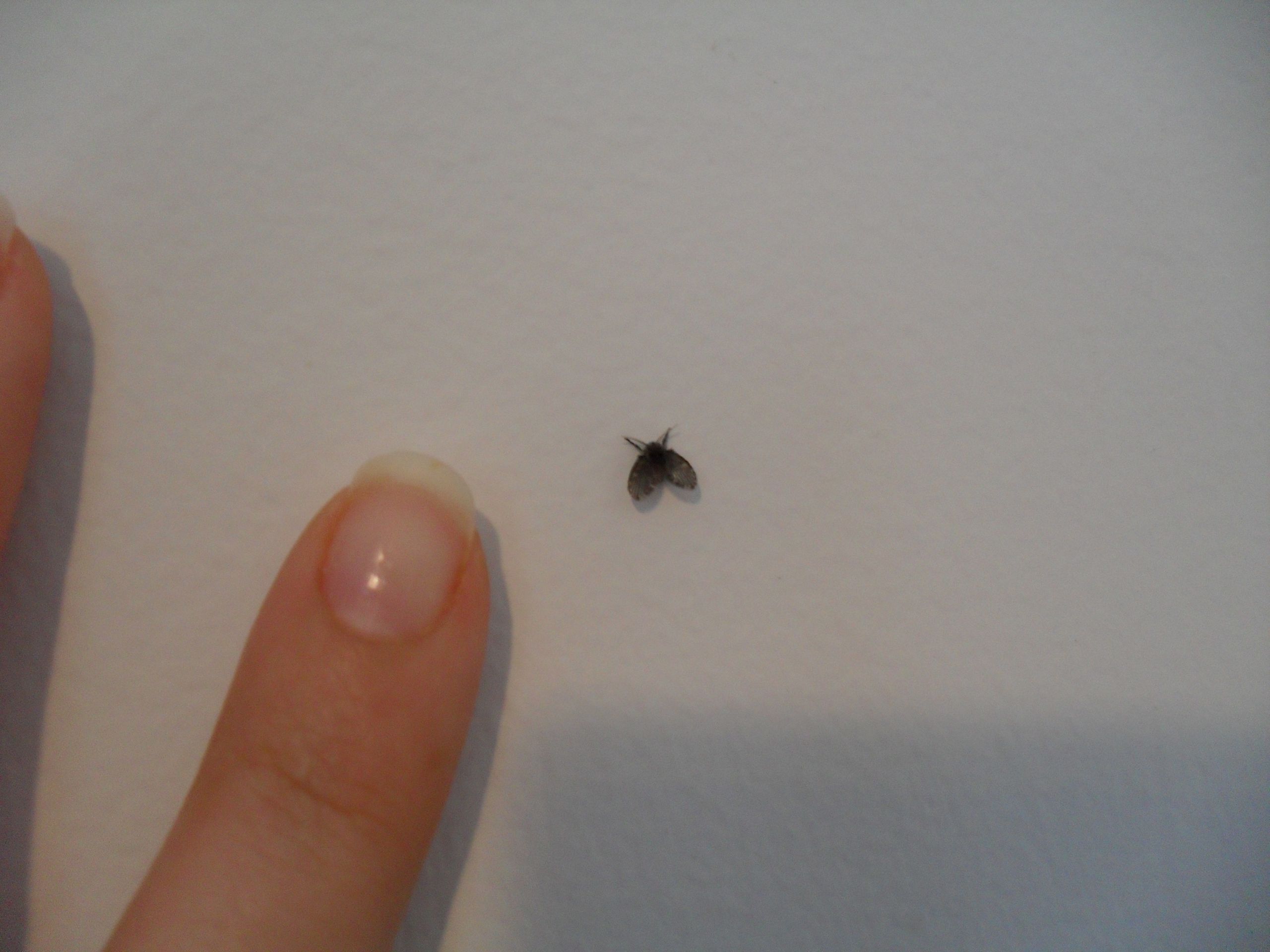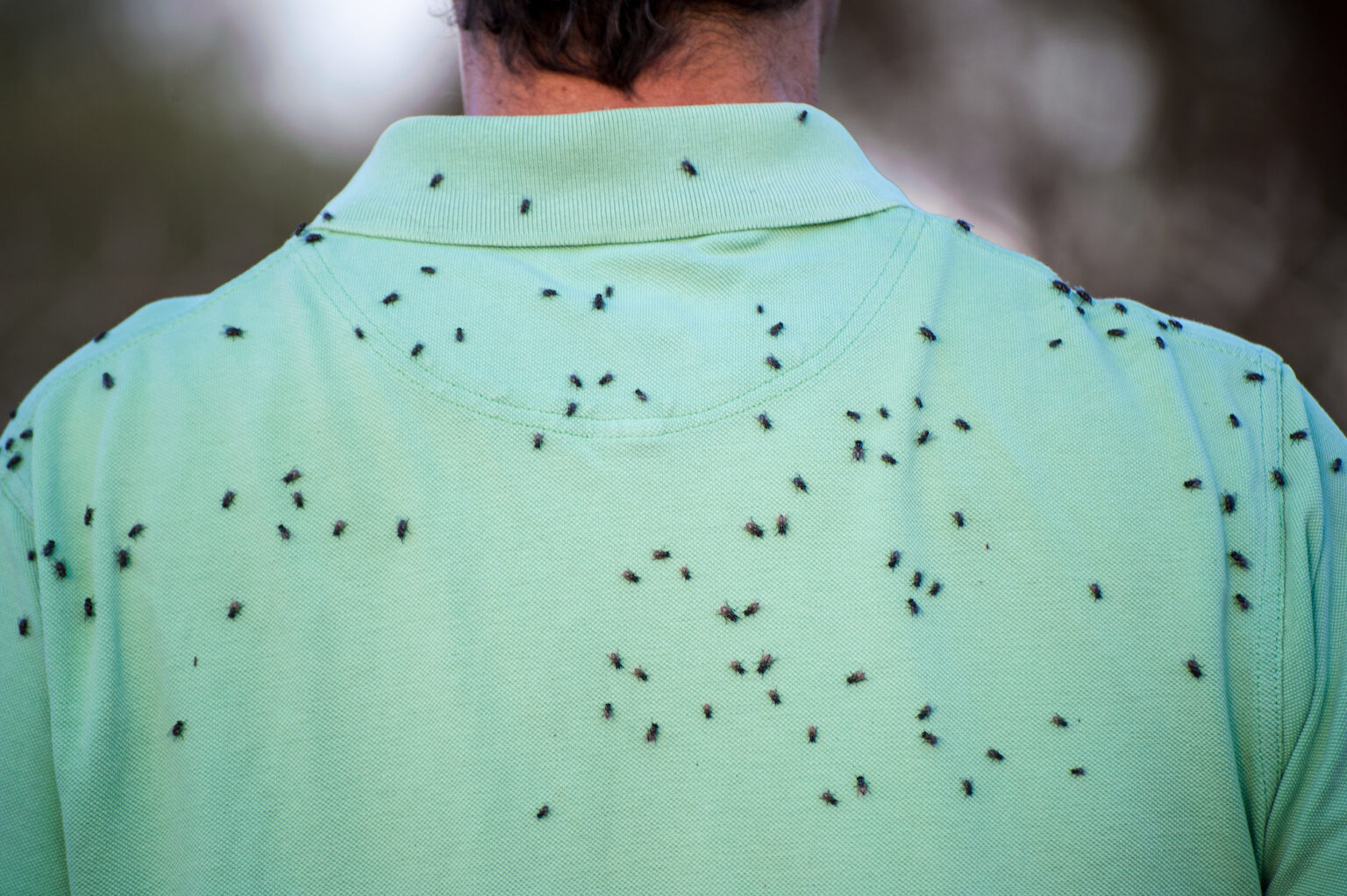Common Tiny Black Bugs in Bathrooms: Tiny Black Bugs In Bathroom No Wings

You know how it is, right? You’re in the bathroom, minding your own business, and then you see a tiny black bug scurrying across the floor. You might think, “Ew, what is that?!” Don’t worry, it’s not uncommon to find tiny black bugs in your bathroom. It’s actually pretty normal. There are a few different types of bugs that like to hang out in damp, warm places like bathrooms.
Identifying Tiny Black Bugs in Bathrooms
It’s important to know what kind of bug you’re dealing with so you can figure out how to get rid of them. Let’s take a closer look at some of the most common tiny black bugs found in bathrooms.
- Booklice (Psocoptera): These tiny critters are about 1-2 mm long and have a pale brown to grayish-black color. They have wings but rarely use them. They feed on mold, mildew, and decaying organic matter, which is why they are often found in bathrooms, kitchens, and other damp areas. Booklice are not known to bite or transmit diseases, but they can cause allergic reactions in some people.
- Carpet Beetles (Dermestidae): These beetles are about 2-4 mm long and have a black or dark brown color. They have a distinctive oval shape and are covered in fine hairs. Carpet beetles are known for their ability to digest keratin, which is a protein found in hair, wool, and feathers. They can cause damage to carpets, clothing, and other fabrics. They are attracted to damp, dark places, and can be found in bathrooms, kitchens, and closets.
- Fruit Flies (Drosophila melanogaster): Fruit flies are about 2-3 mm long and have a reddish-brown color. They have large, red eyes and are attracted to ripe or rotting fruit, which is why they are often found in kitchens and bathrooms. They can also be attracted to damp areas, such as drains and garbage disposals. Fruit flies are not known to bite or transmit diseases, but they can be a nuisance.
- Springtails (Collembola): These tiny insects are about 1-2 mm long and have a black or dark brown color. They have a distinctive forked tail that they use to jump. Springtails are often found in damp areas, such as bathrooms, kitchens, and basements. They feed on decaying organic matter and are not known to bite or transmit diseases.
Behaviors and Potential Health Risks
These little critters may be tiny, but they can still be a nuisance. Let’s take a look at how they behave and what health risks they might pose.
- Booklice: These little guys are generally harmless, but they can cause allergic reactions in some people. They don’t bite, but their tiny bodies and droppings can trigger allergies. They’re more of a nuisance than a threat.
- Carpet Beetles: These beetles are a bit more of a concern, as they can damage fabrics and cause allergic reactions. Their larvae can cause skin irritation and allergic reactions, especially in people with sensitive skin. While they don’t bite, they can be a nuisance, especially if they’re found in large numbers.
- Fruit Flies: These flies are mostly a nuisance, but they can also carry bacteria and other pathogens. While they don’t bite, they can contaminate food and surfaces with their droppings. They’re more of a nuisance than a threat.
- Springtails: These insects are generally harmless, but they can cause allergic reactions in some people. They don’t bite, but their tiny bodies and droppings can trigger allergies. They’re more of a nuisance than a threat.
Identifying the Source of the Infestation

It’s a bummer to find those tiny black bugs in your bathroom, but the first step to getting rid of them is figuring out where they’re coming from. Once you know the source, you can take steps to block their entry and prevent them from returning.
Common Entry Points
These tiny black bugs are pretty sneaky and can find their way into your bathroom through various cracks and crevices. They can slip in through gaps around plumbing fixtures, like your sink, toilet, and shower. If you have any cracks in your walls or floors, they can squeeze through those too. Open windows are also a prime entry point, especially if they’re not properly sealed.
Factors Attracting Bugs to Bathrooms
Think of your bathroom as a buffet for these little guys. They love moisture, which is abundant in bathrooms. The warmth from your shower or bath is also attractive to them. And let’s not forget the food sources: crumbs from your makeup, spilled toothpaste, and even hair can be a tasty treat for them.
Potential Sources of Infestation
It’s time to do a little detective work! Here’s a checklist of places in your bathroom where these bugs might be hiding:
- Drains: Drains are a common spot for these bugs, especially if they’re not cleaned regularly. They can find food and moisture in the gunk that accumulates in drains.
- Trash Cans: If your trash can isn’t sealed properly, these bugs can easily get in and make a meal out of your food scraps.
- Storage Areas: Check under your sink, behind the toilet, and in any storage areas for signs of bugs. These places can be dark and damp, providing ideal conditions for them to thrive.
Inspecting for Signs of Infestation, Tiny black bugs in bathroom no wings
Now that you know where to look, let’s see if you can find any evidence of these bugs. Look for:
- Droppings: These bugs leave tiny black droppings that look like pepper flakes. You might find them near drains, under furniture, or in corners.
- Webs: Some bugs create webs, which can be found in corners or around pipes.
- Live Bugs: Of course, the best way to know if you have an infestation is to see the bugs themselves. Look for them in the places mentioned above, and remember to check your shower curtain, bath mats, and even your towels.
